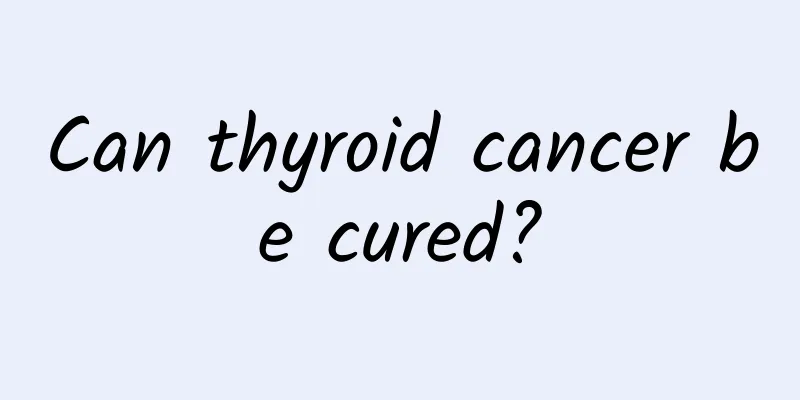How to treat urticaria in children

|
The country has regulations on timely vaccinations for newborn babies, and urticaria vaccine is within the scope of national regulations. After the baby is born, the hospital will give him/her an urticaria vaccine. Although some babies have been vaccinated in a timely manner as required, they still suffer from urticaria, which also makes their parents very distressed. How to treat urticaria in children? How to treat urticaria in children 1. Finding and eliminating allergens Treat the disorder causing urticaria. Autoimmune urticaria is difficult to treat, but giving intravenous immune globulin or plasma dialysis can relieve symptoms. 2. Apply anti-itch lotion topically Such as calamine lotion (with menthol added) or zinc oxide lotion. 3. Drug treatment (1) Oral antihistamines. Commonly used first-generation antihistamines include chlorpheniramine maleate tablets, promethazine hydrochloride, diphenhydramine, doxepin, ketotifen, etc.; second-generation H1 receptor antagonists have the advantages of good efficacy and no obvious central nervous system inhibitory effect. They can be used for children over 2 years old. Second-generation antihistamines include cetirizine hydrochloride, loratadine, levocetirizine, desloratadine, fexofenadine, acrivastine, ebastine, epinastine, mizolastine, olopatadine, etc. Take orally once daily. Calcium supplements and vitamin C can reduce the permeability of capillaries and help relieve symptoms. The combination of H2 receptor antagonists (such as cimetidine and ranitidine) and H1 receptor antagonists can treat acute urticaria with obvious abdominal pain. Cyproheptadine can be used to treat chronic or cold urticaria. (2 ) For stubborn cases, oral prednisone tablets or intravenous hydrocortisone may be used as appropriate, but it is not a routine medication. Different drugs have significantly different minimum age limits and dosages, and should be used in accordance with the drug instructions. In children who do not respond to treatment, a combination of first-generation (for evening use) and second-generation (for daytime use) antihistamines can be used, but care should be taken to avoid the use of sedating antihistamines in school-age children. 4. Symptomatic treatment Children with bronchospasm or laryngeal edema can be given a subcutaneous injection of 1:1000 epinephrine solution. 5. Desensitization therapy For chronic urticaria that is not well responded to conventional drug treatment, corresponding desensitization treatment can be given according to the results of allergen skin tests, which can often achieve certain results. |
<<: What causes frequent eczema?
>>: Can I get vaccinated if I have eczema on my face?
Recommend
Can cerebral palsy be detected during pregnancy?
Cerebral palsy is difficult to detect during preg...
Braised pork belly with fried tofu
Pork belly is a kind of meat that many people lik...
What are the contraindications of Aconite?
People who have some knowledge of Chinese medicin...
Nutritional value of apple wine, benefits of drinking apple wine
Making wine with apples is a method that many peo...
What is the use of potassium infusion?
As we all know, our bodies actually need some tra...
What are the nutritional components of Cordyceps
Cordyceps, also known as Cordyceps sinensis, is a...
Herbal remedies for stomach problems
Many people with stomach problems dare not eat ir...
How to prevent the increase of white hair
Once people start to grow white hair, they will wo...
The efficacy and medicinal value of turtle
Turtles, also known as soft-shelled turtles, are ...
The exact location of Sanyinjiao
Sanyinjiao acupoint refers to the intersection of...
What to do if your uterus prolapses during the month
Every mother will go into labor after becoming pr...
The difference between Chinese herbal medicine granules and traditional Chinese medicine
There are many differences between Chinese herbal...
Which Chinese medicines are good for kidney tonification and yang enhancement?
Insufficient kidney energy in men means kidney de...
What to do if your thyroid gland is enlarged due to iodine deficiency? There are ways to supplement iodine through diet therapy
Most of the salt we consume in our daily lives is...
Detailed introduction to hepatitis D virus
Liver disease seriously endangers the human body....









